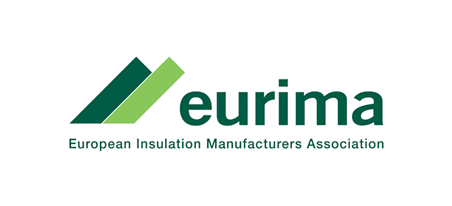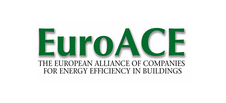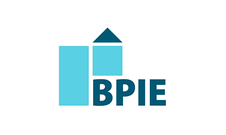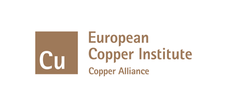Search eceee proceedings
Optimizing the control of energy use in technical building systems – why energy and climate policies should fill regulatory gaps
Panel: 6. Buildings policies, directives and programmes
This is a peer-reviewed paper.
Authors:
Helge Schramm, Danfoss A/S
Matjaž Osojnik, Danfoss Trata d.o.o., Slovenia
Jesper Therbo, Danfoss Drives A/S, Denmark
Stephan Kolb, Danfoss N.V./S.A., Belgium
Alix Chambris, Danfoss N.V./S.A., Belgium
Torben Funder-Kristensen, Danfoss A/S, Denmark
Abstract
This paper presents an analysis of the role of improving technical building systems (TBS) for space heating, domestic hot water, air-conditioning and ventilation for the energy and climate objectives of the EU. The scope of the analysis is optimizing system performance by control of energy generation, distribution and emission of heating and cooling energy in residential and non-residential buildings. It considers technologies that ”get the basics right”, and achieve ”high performance” both from a hydraulic and a connected ICT perspective. First, the paper summarizes the results of new, independent research on EU aggregated GHG emission and primary energy saving potentials. Then, the paper explains key functionalities, benefits and added-value of existing technologies, and shows that energy efficient technical building systems is a very attractive investment case. The third part illustrates barriers that impede investments in technical building systems. Finally, as an input to the on-going revision of the EU energy efficiency acquis, the paper recommends policy measures that would overcome typical barriers for investments into upgrade of technical building systems, and assesses the interaction between investment into technical building systems and thermal upgrade of the buildings envelope, on the path towards the EU’s 2050 GHG reduction objectives.
Downloads
Download this paper as pdf: 6-128-17_Schramm.pdf
Download this presentation as pdf: 6-128-17_Schramm_presentation.pdf
Panels of
1. Foundations of future energy policy
2. Policy: governance, design, implementation and evaluation challenges
4. Mobility, transport, and smart and sustainable cities
5. Buildings and construction technologies and systems
6. Buildings policies, directives and programmes
7. Appliances, products, lighting and ICT
8. Monitoring and evaluation: building confidence and enhancing practices























